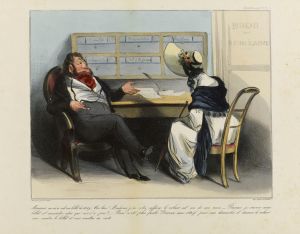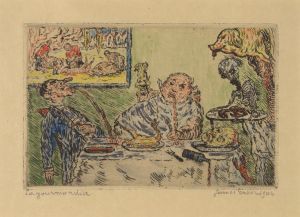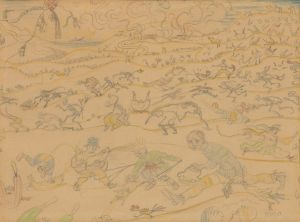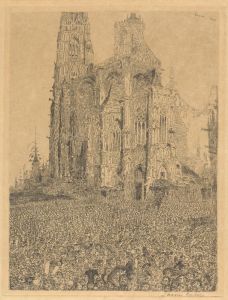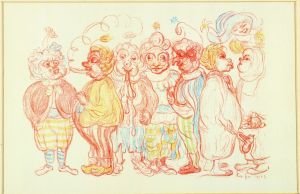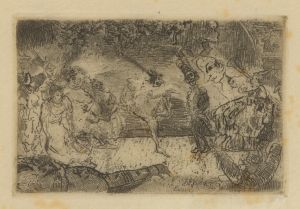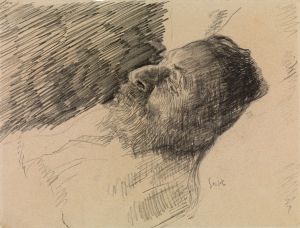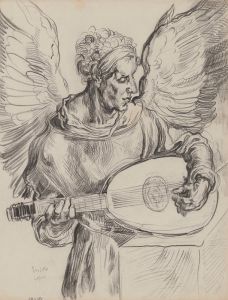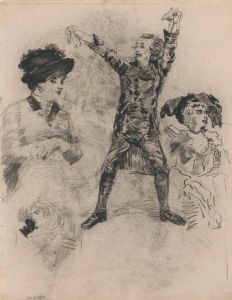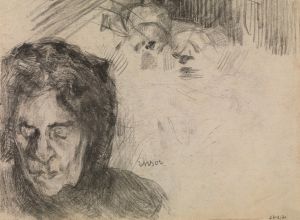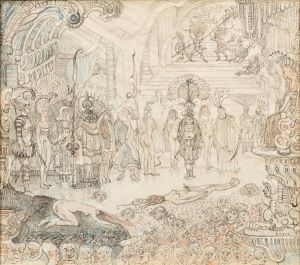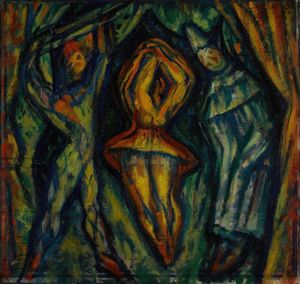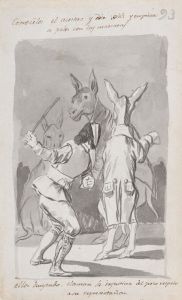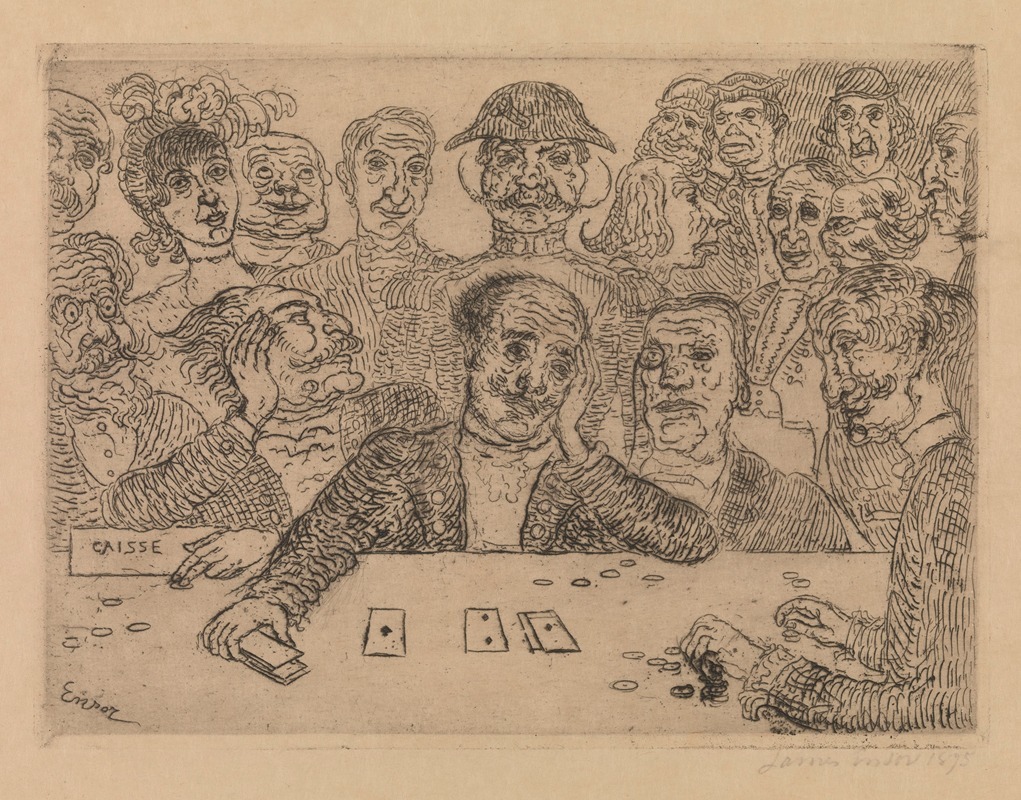
The Gamblers
A hand-painted replica of James Ensor’s masterpiece The Gamblers, meticulously crafted by professional artists to capture the true essence of the original. Each piece is created with museum-quality canvas and rare mineral pigments, carefully painted by experienced artists with delicate brushstrokes and rich, layered colors to perfectly recreate the texture of the original artwork. Unlike machine-printed reproductions, this hand-painted version brings the painting to life, infused with the artist’s emotions and skill in every stroke. Whether for personal collection or home decoration, it instantly elevates the artistic atmosphere of any space.
James Ensor's painting "The Gamblers" is a notable work by the Belgian artist, who is renowned for his unique style and contribution to the Symbolist movement. Ensor, born in 1860 in Ostend, Belgium, was a pivotal figure in the transition from the 19th-century artistic traditions to the modernist movements of the 20th century. His work often features grotesque imagery, masks, and a satirical view of society, which are evident in "The Gamblers."
"The Gamblers" was created during a period when Ensor was deeply engaged with themes of human folly and vice, which he often depicted through vivid and sometimes unsettling imagery. This painting is a reflection of Ensor's fascination with the darker aspects of human nature and the absurdity of social conventions. In "The Gamblers," Ensor uses his characteristic style to portray a scene filled with tension and moral ambiguity.
The painting depicts a group of figures engaged in a game of chance, a common motif in art that symbolizes the unpredictability of life and the moral risks associated with gambling. Ensor's use of color and form in "The Gamblers" is typical of his work, employing bold, expressive brushstrokes and a palette that conveys both vibrancy and a sense of unease. The figures in the painting are often distorted or exaggerated, a technique Ensor used to emphasize the grotesque and to critique the superficiality and vice he perceived in society.
Ensor's work, including "The Gamblers," is often seen as a precursor to Expressionism, with its emphasis on emotional experience over physical reality. His paintings frequently incorporate elements of satire and social commentary, reflecting his critical view of the world around him. "The Gamblers" can be interpreted as a commentary on the moral decay and the reckless pursuit of wealth and pleasure that Ensor observed in the society of his time.
Throughout his career, Ensor was known for his innovative use of masks and skeletons, which appear in many of his works as symbols of the hidden truths and the inevitability of death. While "The Gamblers" does not prominently feature these motifs, the themes of deception and the hidden nature of human desires are implicit in the subject matter.
James Ensor's influence on modern art is significant, and his works continue to be studied for their unique approach to form and content. "The Gamblers," like many of his paintings, challenges viewers to reflect on the complexities of human behavior and the often absurd nature of societal norms. Ensor's ability to blend humor with a critical edge makes his work enduringly relevant and thought-provoking.
In summary, "The Gamblers" by James Ensor is a compelling example of the artist's exploration of human vice and societal critique. Through his distinctive style and thematic focus, Ensor invites viewers to consider the deeper implications of seemingly mundane activities, such as gambling, and to question the values that underpin them.





